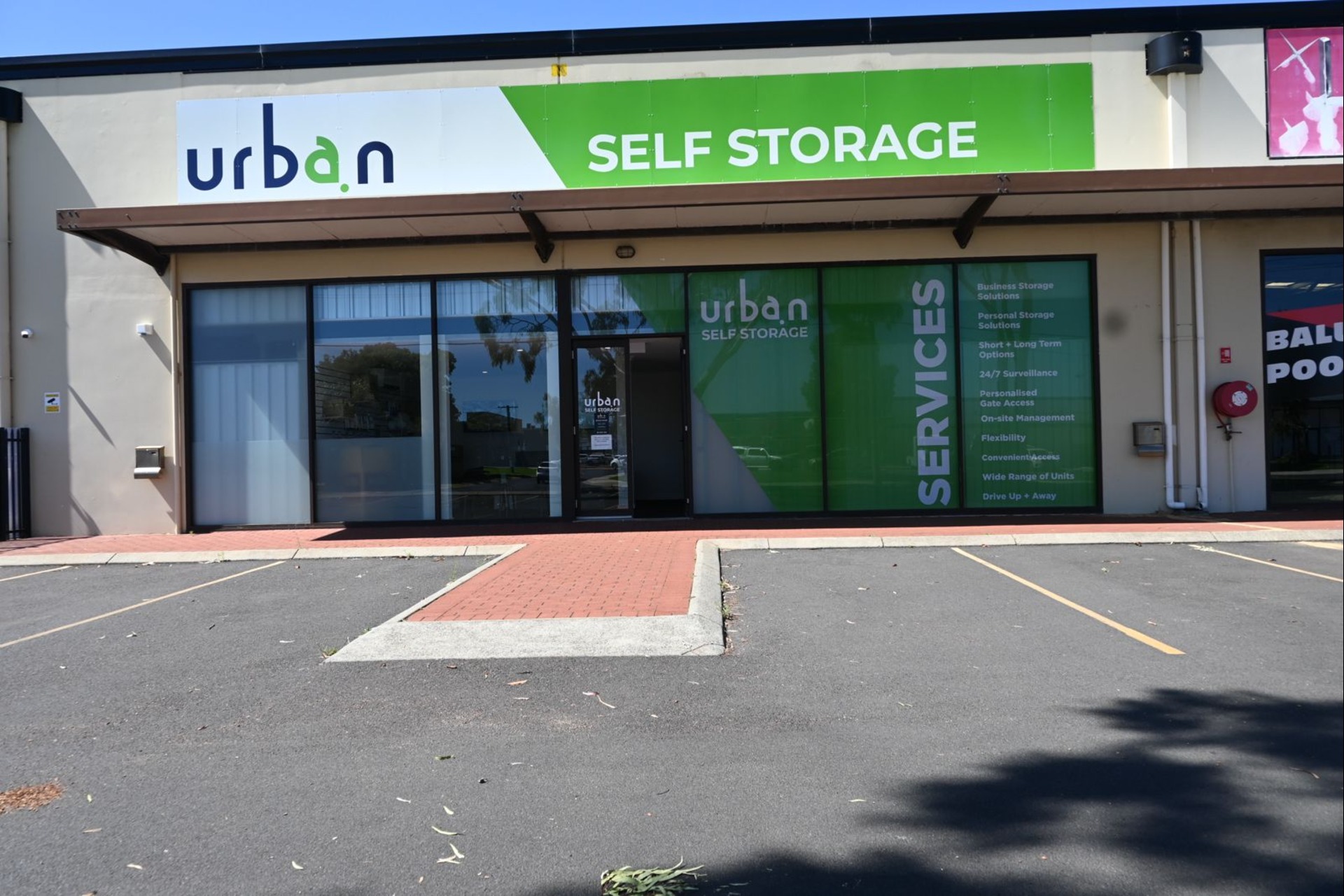Essential Tips for Choosing the Right Long-Term Storage Solutions
Whether you’re downsizing, moving overseas, or simply need extra space, long-term storage can be the perfect solution. Unlike short-term rentals, which are designed for temporary needs, long-term storage requires careful planning to ensure your belongings remain safe, accessible, and well-preserved for months or even years.
This guide covers the essential tips for choosing the right long-term storage solutions, from unit size and security to climate control and cost considerations.
Why Long-Term Storage Requires Planning
Short-term storage is often straightforward — you pack your items, store them for a few weeks, and collect them once you’re ready. Long-term storage, however, requires a different approach. Factors like item protection, unit accessibility, and long-term affordability become far more important.
Facilities that provide secure storage units offer peace of mind by combining safety, flexibility, and affordability, but choosing wisely ensures your belongings stay in excellent condition.
Tip 1: Choose the Right Unit Size
One of the most common mistakes is underestimating how much space you’ll need. For long-term storage, it’s better to allow a little extra room to prevent overpacking.
- Small units: Suitable for boxes, seasonal gear, or smaller household items.
- Medium units: Ideal for furniture, appliances, or business stock.
- Large units: Perfect for full households, vehicles, or large equipment.
Selecting the correct size also allows you to organize items with walkways, making it easier to access belongings without having to unload the entire unit.
Tip 2: Look for Strong Security Features
When storing items for months or years, security becomes a top priority. Always look for facilities that include:
- 24/7 CCTV monitoring.
- Secure gated access.
- Individually locked units.
- Adequate lighting for safety.
These features ensure your belongings remain protected at all times, whether
you’re storing household goods, business equipment, or valuable heirlooms.Tip 3: Consider Climate-Controlled Units
Long-term storage exposes items to risks like humidity, heat, or cold. Climate-controlled units are essential for sensitive belongings, including:
- Wooden furniture prone to warping.
- Electronics and appliances.
- Important paperwork and archives.
- Fabrics, artworks, and antiques.
Investing in climate control prevents mold, rust, and deterioration, keeping your belongings in excellent condition no matter how long they’re stored.
Tip 4: Review Rental Terms and Flexibility
Not all storage needs last the same amount of time. While you may initially plan for six months, you could end up needing a year or longer. Look for facilities that provide flexible long-term storage solutions with adaptable rental terms.
This way, you won’t feel locked into a contract that doesn’t suit your situation, and you can extend or adjust your storage plan as needed.
Tip 5: Organize for Accessibility
Even if you don’t plan to visit your storage unit often, there may be times when you need to retrieve something. For long-term arrangements, accessibility is key.
Practical organization tips include:
- Place frequently needed items near the front.
- Use sturdy shelving to maximize vertical space.
- Label every box clearly.
- Create walkways to access items without moving everything.
Organizing upfront saves frustration later.
Tip 6: Compare Costs Carefully
Price is always a factor, especially for long-term storage. While larger units and climate control add to costs, they may be necessary depending on what you’re storing.
To keep costs manageable:
- Choose the smallest size that still allows for accessibility.
- Take advantage of discounts for longer rental commitments.
- Compare prices across facilities while weighing security and features.
Remember, the cheapest option isn’t always the best — reliability and safety matter more when you’re storing valuable items long-term.
Tip 7: Don’t Forget Insurance
Even with strong security, accidents or unforeseen events can happen. Insurance provides an extra layer of protection for your belongings. Many storage providers offer coverage options, or you can arrange your own policy through an insurer.
Common Mistakes to Avoid
- Cramming too much into a small unit: This risks damage and makes access impossible.
- Skipping climate control: Delicate items can suffer permanent damage in standard units.
- Ignoring rental terms: Locking into inflexible contracts can be costly if your needs change.
- Not labeling items: Retrieving specific belongings later becomes difficult without clear organization.
Avoiding these mistakes will save you time, stress, and money.
Conclusion
Choosing the right long-term storage comes down to planning and selecting a facility that balances security, accessibility, and affordability. From climate-controlled units and flexible contracts to proper organization, these tips help ensure your belongings remain safe for as long as you need.
With well-structured long-term storage solutions, you can store with confidence knowing your items are protected, organized, and accessible whenever you need them.
FAQs About Long-Term Storage
1. What items are best suited for long-term storage?
Furniture, documents, appliances, business inventory, and seasonal belongings are commonly stored long-term.
2. How do I prepare items for long-term storage?
Use sturdy boxes, wrap fragile items, clean appliances, and consider moisture absorbers for extra protection.
3. Is climate control necessary for long-term storage?
Yes, for sensitive items like wood, electronics, and fabrics. It prevents damage caused by temperature and humidity changes.
4. Can I access my items during long-term storage?
Yes, most facilities provide flexible access, often 24/7, so you can reach belongings whenever needed.


